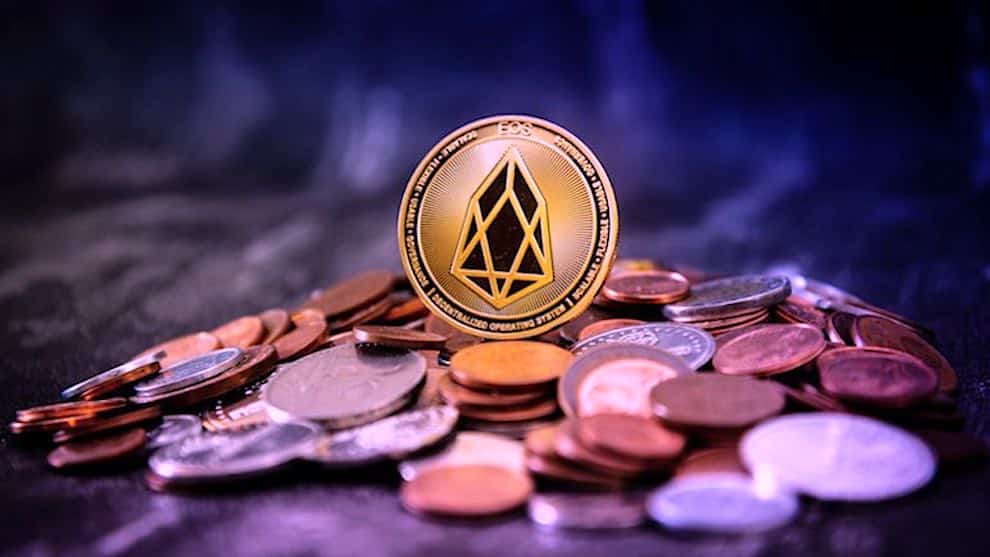
Considering itself as a robust structure for the decentralized applications, EOS is referred to as decentralized and blockchain based system enabling hosting, development as well as execution of commercial-scale Decentralized Applications or dApps in its platform.
EOS is known to support all the necessary core functionality allowing individuals and businesses to create applications based on blockchain in the same manner as web applications such as giving secure authentication, data hosting, permission, access, communication between internet, and dApps and usage management.
EOS is supported by web toolkit for the development of interface, making this an ultimate complete offering for reliable and hassle-free app development. This significantly works in the same way as Apple’s App Store and Google’s Play Store.
What Makes EOS Uniquely Different?
Though there are several block-chain-based networks already facilitating decentralized applications, EOS concentrates on the vital pinpoints of the blockchain and tries to resolve issues on flexibility, scalability, and speed, which commonly turn out as the bottleneck for the said blockchain-based systems.
With dApps’ size of ecosystem expanding as time passes by on a specific blockchain network, it frequently endures because of constrained accessibility of resources and assets on the system. They incorporate issues like the system getting compelled by an enormous number of spamming apps, similar requests, limited power for computing, slow execution speed, and false transactions. This also tries to address these issues by providing more usability, scalability, and flexibility by means of its special mechanism.
It is said to help a large number of business scale dApps without hitting execution bottlenecks using parallel execution and offbeat specialized strategy over the system. The effectiveness is additionally supported by isolating the different modules engaged with the working of dApps. For instance, the process of execution is carried out independently than the execution procedure.
EOS provides adaptability in dApps’ development and maintenance through different highlights and features. Its proprietorship structure showcases free use by the client and gets rid of transaction charges since developers are actually permitted to use resources with respect to their stake rather than the standard compensation per transaction model. This likewise makes it simpler for application designers and developers to foresee facilitating costs and enables them to make compelling monetization techniques.
EOS utilizes assigned role-based consents idea and proof of stake, which enables adaptability to settle on high-level choices, similar to rollback, bug fixing of the broken apps, freezing, and roll back through majority agreement among the chosen stakeholders.
It includes convenience highlights – web toolbox for self-describing interfaces, interface development, declarative permission schemes, self-describing database schema, and more, which make the job of developers easier for creating as well as maintaining the applications.
How Does EOS Really Work?
EOS works in many different ways, such as:
- Network Design and Security Model
To be able to secure their network, EOS makes use of delegated proof of stake model or DPos. Real-time voting was used along with the social system of reputation to obtain agreement regarding who can make the next transaction blocks in the blockchain.
A token holder got plays a part in what really takes place in the network the same way number of tokens held by their account. The process of voting is somehow contentious. To vote, users should stake the tokens for 3 days, and individuals who stake their tokens can’t really sell them for this may put them at risk, such as losing money in case the price of token change during the time they plan to sell it.
- Monetary Policy
It has been found out that there aren’t extreme supply limits on the EOS tokens. The proof of stake models utilizes of inflation in funding transactions as well as paying block users. In rate of inflation, there is actually 5% cap, and this has been fully agreed upon and is expected to remain forever. This simply means that at the end of ICO, one billion tokens will be released, and a max of 50 million newest tokens will be created within the year that follows that.
- Processing Transactions
Based on white paper, transactions within the EOS may be confirmed and validated with almost a hundred percent certainty upon an average of about 0.25 seconds from broadcast time. EOS software needs each transaction to come with hash of the latest block header to avoid the same transaction and to signal network that certain user along with their stake is on certain fork.